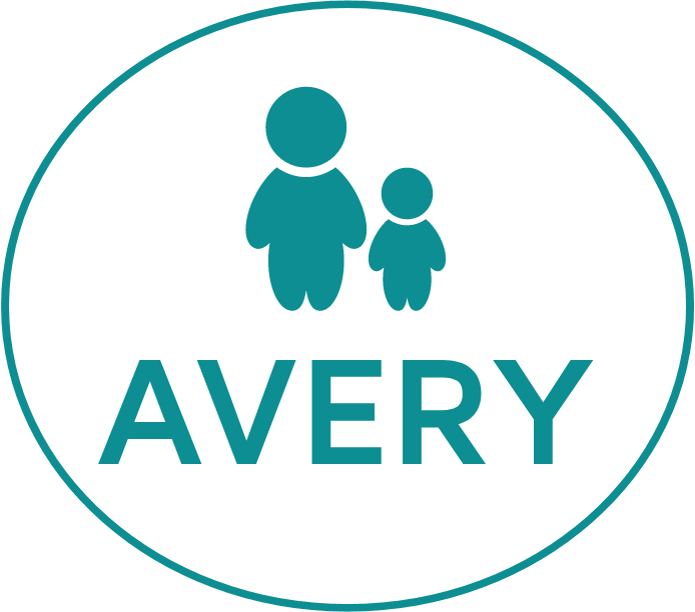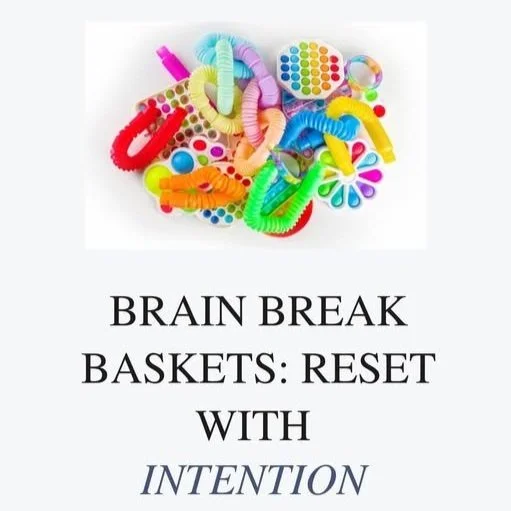Avery Family Essentials
Find ways to cope with ADHD, ASD and Learning Disabilities
All about ADHD
ADHD is the most common neurodevelopmental disorder is characterized by inattention, impulsivity and hyperactivity
ADHD’s secondary characteristics
Although they’re often misunderstood and overlooked, secondary traits of ADHD, also known as coexisting conditions or comorbidities, can have a significant effect on emotional wellbeing, relationships, academics, work performance and everyday life.
ADHD Questions & Answers
Explore facts and myths about Attention Deficit Hyperactivity Disorder (ADHD)
Summer, Screens & ADHD Teens
Instead of arguing over screens, consider different types of boundaries this summer
Sensory Tools to Create Calm
Help kids with ADHD & ASD to regulate emotions, attention and body awareness using sensory tools
ADHD, Food & Focus
Explore the links between nutrition and kids’ focus, mood, nutrition and mental heath
Social Stories for Great Expectations
Social Stories help children understand what to expect in new, unfamiliar, or anxiety-inducing situations. These stories are especially helpful for kids with Autism, ADHD or anxiety.
Break Baskets for Brain Reset
Children with ADHD, Autism (ASD), or sensory processing challenges often need intentional breaks to avoid meltdowns or zoning out. Having a curated set of tools and activities nearby, a Bran Basket, helps children reset, especially during transitions or when big emotions surface.
Managing Emotions with Check-ins
For kids with learning differences or ADHD, big emotions can be tough to manage, especially when they struggle to identify or communicate what they’re feeling. Emotional check-ins are a powerful way to build self-awareness and mental health.
The Power of Fidget Tools
Fidget spinners, putty and squishy toys can help with focus and reduce restlessness, especially for children with ADHD or Developmental Coordination Disorders (DCD). These tools give kids a way to release extra energy, helping them focus better on tasks.











